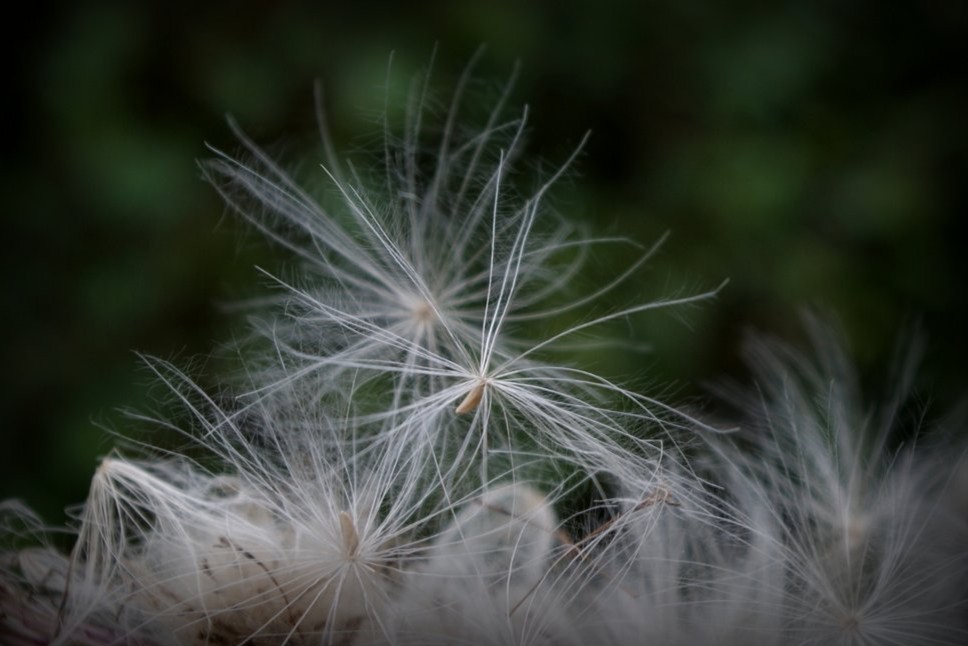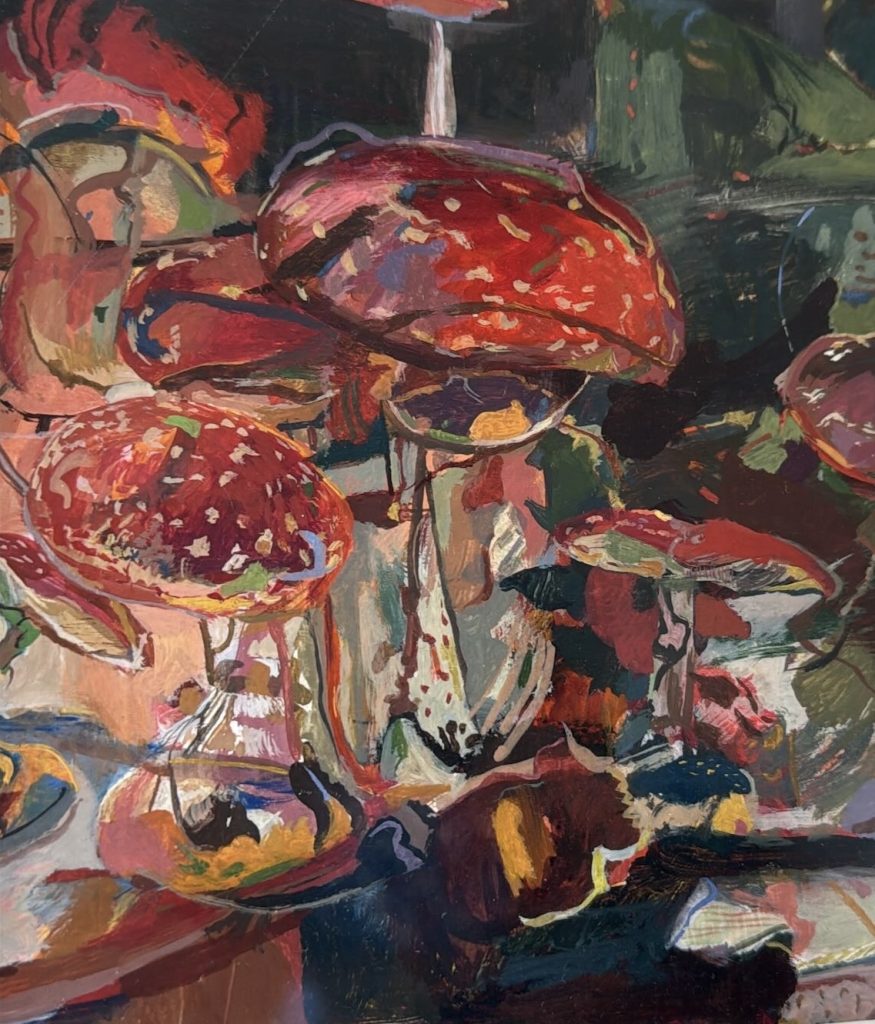Moon cycle:
- New Moon: 24th July 2025
- Full Moon: 9th August 2025
- New Moon: 23rd August 2025
Sturgeon Moon
August’s full moon is known as the Sturgeon Moon. Like several other names which have been mentioned to date, it is originally of Native American origin. The lake sturgeon was a vital food source for many. This large freshwater fish was abundant and easy to catch in late summer, especially in the Great Lakes and Lake Champlain. As a consequence, the Algonquin tribes in what became the northeastern United States named the August full moon the Sturgeon Moon; a name adopted by their colonisers for their own lunar calendars. The link with the UK is harder to justify, as the last sturgeon in UK waters was seen in Wales in 1993. Their numbers had already declined well before that date as a result of changes to river ecosystems.
Our rivers are generally in a parlous state, and the water companies are now under renewed scrutiny for their part in the discharge of sewage, and over extraction which has impacted riparian health across the country. The Sturgeon Moon could be rebranded then (mindful of the implications of removing a name chosen by a colonised group of people), but to what?
Thistledown
On warm Autumn nights, the sky fills with seeds.
The seeds are produced by thistles. They float easily on any updraft. A small breath of air will lift them into the air, where they float through French doors – flung open on a sultry evening – or drift past sausages dripping their fat into a barbecue’s flaring flames. Grab hold of one, and luxuriate in its soft texture: feather soft, with the slight coarseness of the very tips of each filament. They are thistledown.

Photo Credit: WayShare
Thistledown is the pappus or tuft of hairs on each seed of thistles, which assists dispersal by the wind. It consists of silky featherlike hairs attached to the seed-like fruit of the plant. It has fluffy appendages which help to disperse the seeds by giving them lift.
Sugar Babies
A single thistle can release thousands of these seeds. Into the long summer nights, the light of the full moon lights them up. They drift in through open windows on summer evenings. When I was growing up, we used to call them sugar babies – which seems to be a regional name within the north of England.
Do you have your own name for them?
Resilience
For Ted Hughes in his poem of the same name, thistles represent resilience. The moon is resilient too. From this month’s fullness it will wax and fade to a crescent but it will return again next month… and the thistledown will eventually land and find a niche to settle, perhaps part of nature reclaiming land we have used and abused.
What else is happening where you are?
Watch out for goldfinches at this time. The old English name for this bird is “thisteltuige”, which literally means “thistle-tweaker”. Goldfinches’ sharp beaks are perfectly adapted for snipping each tiny seed from its parachute.
August brings long drawn-out evenings, particularly in the far north of Scotland. Even in the south of England, these can be characterised by humidity, and difficulty sleeping. Any night where the temperature stays above 20°C is classed as a ‘tropical night’, and such nights are becoming more frequent with our changed climate. The warmth also brings an increased risk of prolonged dry spells followed by intense rainfall.
This means the smell of petrichor released by the rainfall is particularly strong and welcome alongside the release of heat. Warmth and thundery downpours means that August is also the first month when the fly agaric begin to show their fruiting bodies, particularly in birch woodlands. The edge of the Common in my Norfolk village is one such place. By my desk, I have a wonderful painting by my friend and artist Caroline Kent of a woodland floor.

Photo credit: ‘Fly Agaric’ – detail from painting by Caroline Kent – in private collection
For nature writer Melissa Harrison, the appearance of fly agaric is one sign that summer is coming to its end, and autumn is on the way. They are one of the most recognisable fungi. The Wildlife Trusts’ website adds further details on their role in woodland ecosystems with hyphae and mycelium, and in breaking down and recycling nutrients, and various safety advice around observing them and definitely not eating them.
Related activity ideas
The Perseid meteor shower can be seen throughout this month. The peak of meteors will be around the 12th of August. Find an area without street lights and let your eyes adjust. Try to lie down and look up… and wait.
Guidance provided by Royal Museums Greenwich on the origin and spotting them.
Resources and useful websites
- Geographical Lunacy: Moon Glossary
- Fly Agaric (The Guardian)
- Listen to Bill Bruford’s track ‘Thistledown’, featuring Ralph Towner on guitar.
- A piece from The Guardian’s ‘Country Diary’
- Nature’s Calendar: August (RSPB)
- Top Ten wildlife to spot in August (Berkshire, Buckinghamshire and Oxfordshire Wildlife Trusts)
Authored by Alan Parkinson, Alan is a geography teacher and author. He is a past President of the Geographical Association and current Vice President Education of the Royal Geographical Society. He lives in rural Norfolk.
